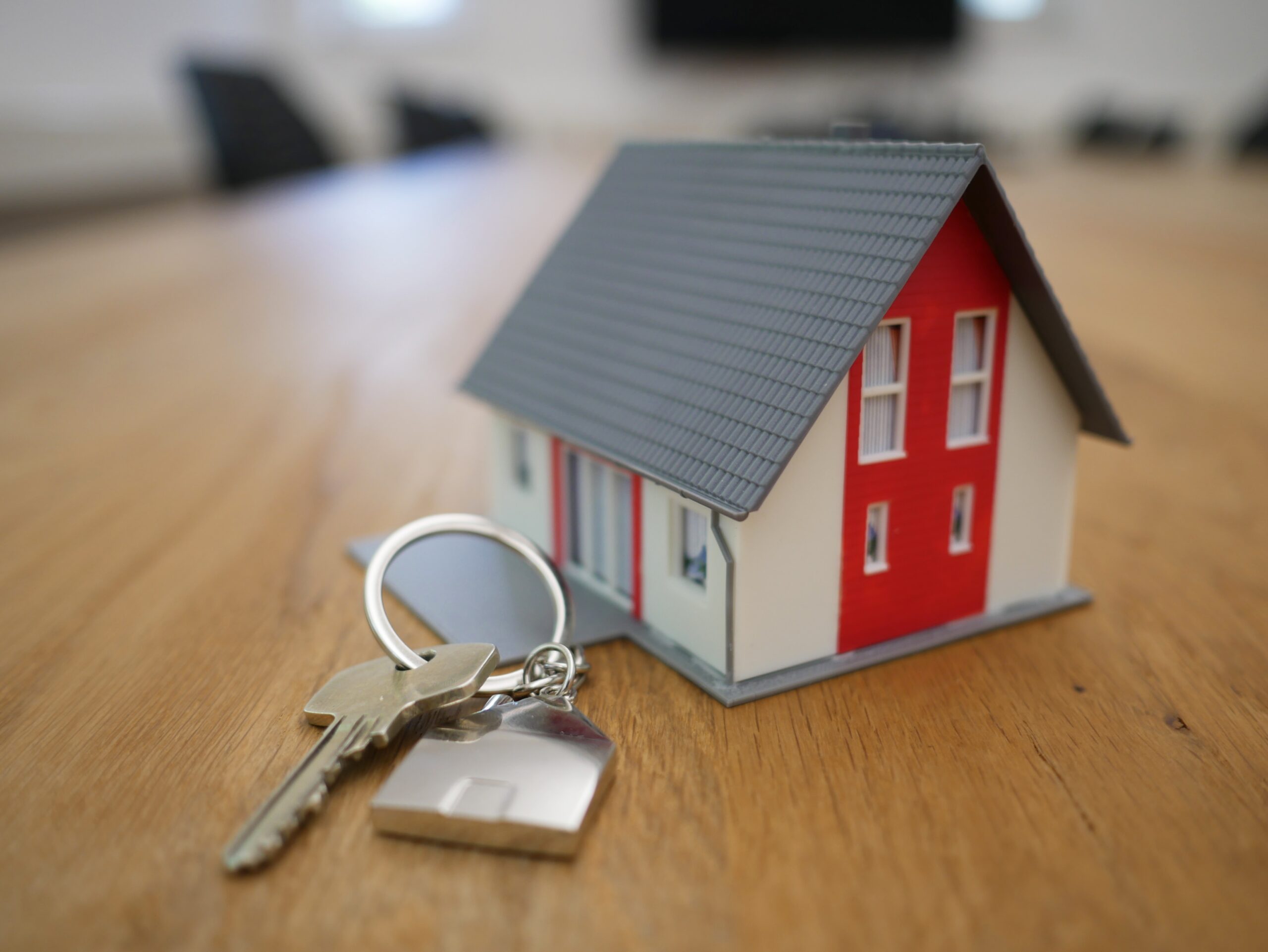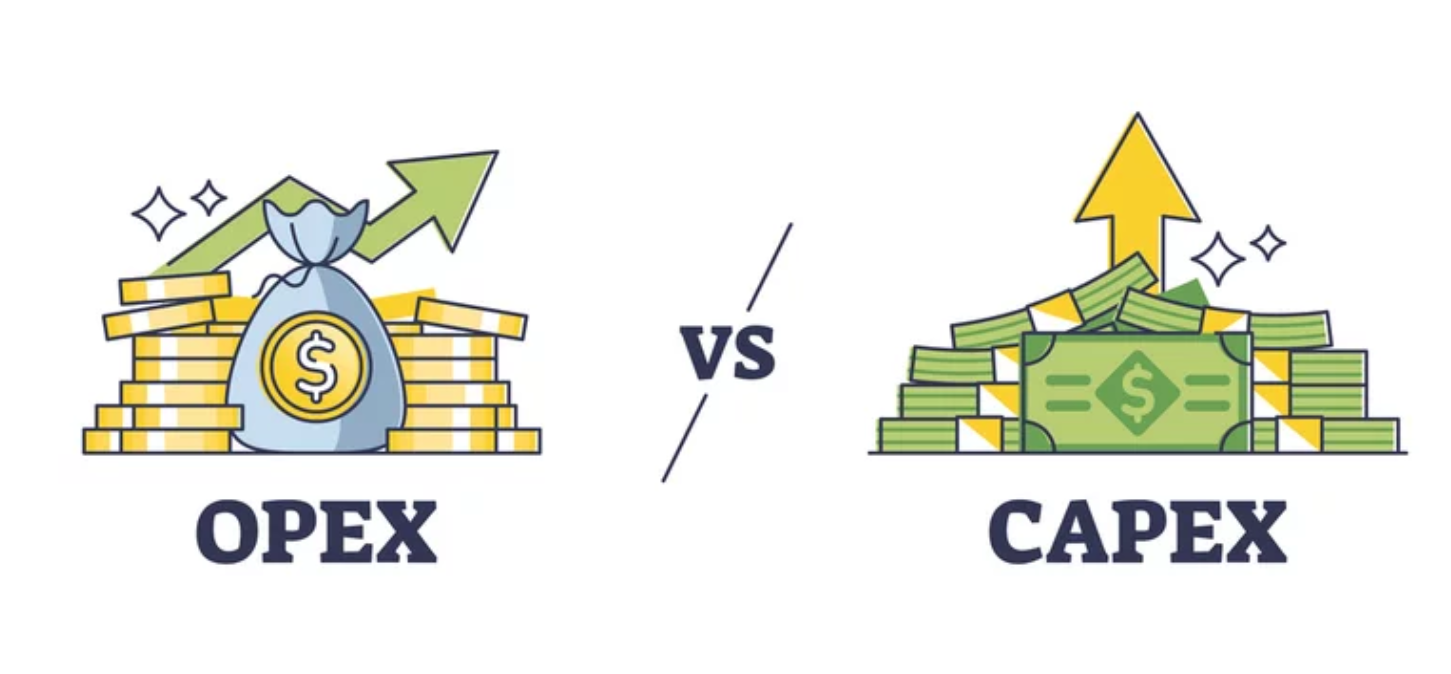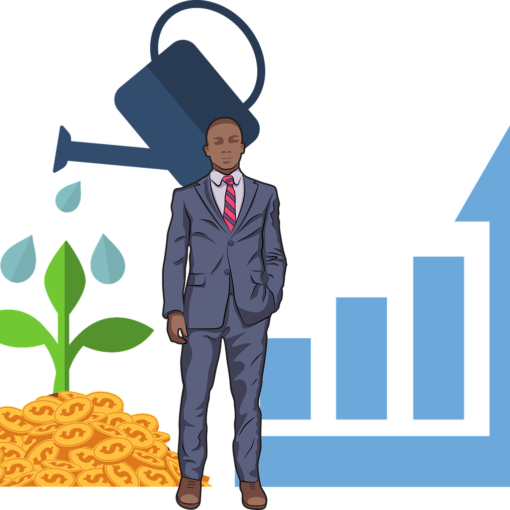Introduction
Climate change is a global issue that is affecting various aspects of our lives. One area that is particularly vulnerable to the effects of climate change is the mortgage loan industry. As extreme weather events become more frequent and severe, homeowners and lenders are facing new challenges and risks. In this article, we will explore the impact of climate change on mortgage loans and discuss the steps that can be taken to mitigate these risks.

Table of Contents
Impact of Climate Change on Mortgage Loans
1. Rising Insurance Costs
One of the immediate impacts of climate change on mortgage loans is the rising cost of insurance. As extreme weather events such as hurricanes, floods, and wildfires become more common, insurance companies are increasing their premiums to cover the higher risks. Homeowners who live in areas prone to these events may find it difficult to afford the increased insurance costs, which could affect their ability to make mortgage payments.
Higher Down Payment Requirements
In response to the increased risks associated with climate change, lenders may also require higher down payments for properties located in high-risk areas. This is to protect themselves from potential losses in case of property damage or loss due to natural disasters. Higher down payment requirements can make it more challenging for homebuyers to qualify for a mortgage loan and purchase a property in these areas.
2. Property Value Decline
Climate change can also lead to a decline in property values in certain areas. Homes located in flood-prone zones or areas at high risk of wildfires may lose value as buyers become more hesitant to invest in these properties. This decline in property value can make it difficult for homeowners to refinance their loans or sell their homes if needed.
Difficulty in Obtaining Mortgage Approval
Lenders are becoming more cautious about approving mortgage loans for properties located in high-risk areas. They may require additional inspections, appraisals, and documentation to assess the potential risks associated with climate change. This can result in delays in the mortgage approval process and may even lead to loan denials in some cases.
3. Increased Maintenance and Repair Costs
Climate change can also increase the maintenance and repair costs for homeowners. Extreme weather events can cause significant damage to properties, requiring costly repairs and renovations. Homeowners may need to allocate a larger portion of their income towards maintaining and protecting their homes, which can impact their ability to make mortgage payments.
Importance of Resilient Construction
Building resilient homes that can withstand the impacts of climate change is crucial for homeowners and lenders. Investing in energy-efficient and climate-resilient construction techniques can help reduce the risks associated with extreme weather events. Lenders may incentivize borrowers to invest in resilient construction by offering lower interest rates or favorable loan terms.
4. Government Policies and Regulations
Government policies and regulations play a significant role in addressing the impact of climate change on mortgage loans. Governments can implement measures to encourage homeowners to adopt sustainable practices, such as offering tax incentives for energy-efficient upgrades or providing subsidies for insurance costs in high-risk areas. These policies can help alleviate some of the financial burdens faced by homeowners and lenders.
Collaboration between Stakeholders
Addressing the impact of climate change on mortgage loans requires collaboration between various stakeholders, including homeowners, lenders, insurance companies, and government agencies. By working together, these stakeholders can develop strategies to minimize the risks associated with climate change and ensure the long-term sustainability of the mortgage loan industry.
Conclusion
Climate change poses significant challenges to the mortgage loan industry. Rising insurance costs, declining property values, and increased maintenance expenses are just a few of the impacts that homeowners and lenders need to consider. However, by implementing resilient construction techniques, adopting sustainable practices, and collaborating with stakeholders, we can mitigate these risks and ensure the stability of the mortgage loan industry in the face of climate change.




3 thoughts on “The Impact of Climate Change on Mortgage Loans”
You are truly an accomplished webmaster. The launching speed of your website is remarkable; it almost seems as though you’re performing some sort of magic. Furthermore, the contents are flawless; you’ve done an excellent job with this subject.
Thanks for your comments! Appreciate it!
Thank you for your sharing. I am worried that I lack creative ideas. It is your article that makes me full of hope. Thank you. But, I have a question, can you help me?